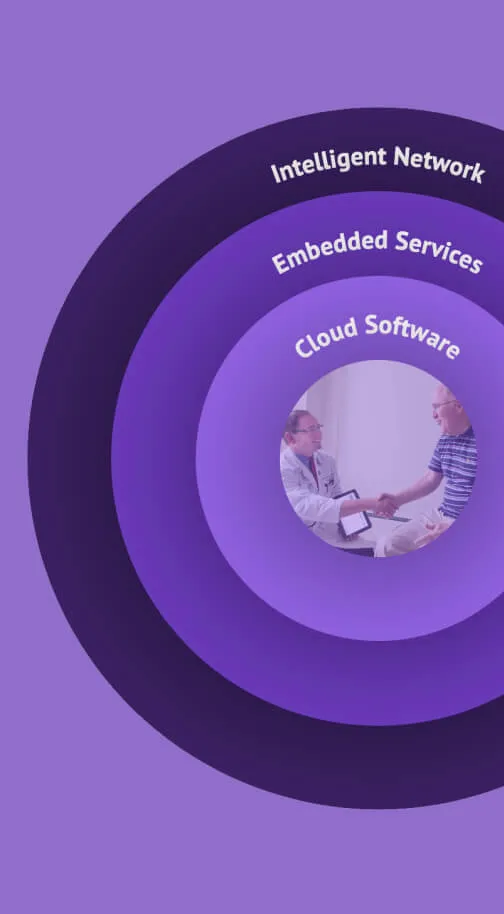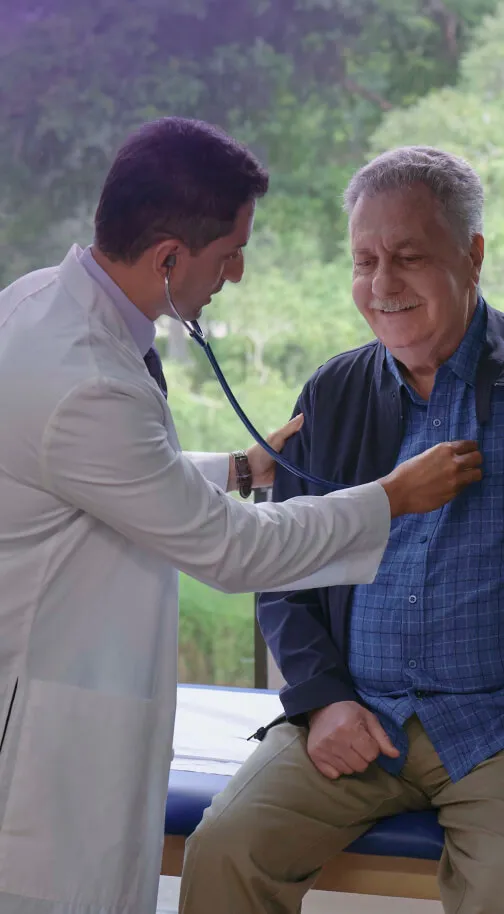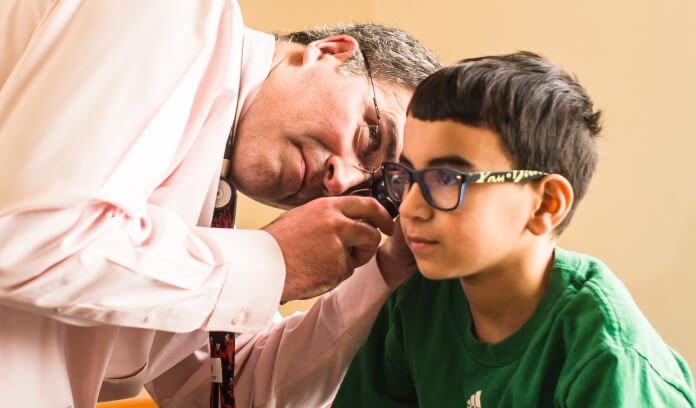For the last decade, most hospital executives have focused on (and been rewarded for) keeping inpatient beds full, despite the rhetoric around a shift to value-based care. But now, some healthcare leaders are beginning to envision a world in which capital holdings represent a smaller piece of their system's assets, and less-tangible resources such as technology tools, data analytics, and community connections hold the real value — both to the organization and to its patients.
This shift in mindset is a critical first step in expanding the scope of healthcare organizations, going beyond episodic healthcare to become a hub for health within communities.
Not only is this a better organizational model for delivering population health, it’s good for business. Physicians say patients stay more loyal to health systems that connect with the community, meeting locals where they already are. Observers at this year’s J.P. Morgan Health Conference agreed that healthcare organizations that fail to think beyond their brick-and-mortar hospitals are likely to lose patients to more accommodating providers and suffer loss of market share.
How to make the leap from hospital to health hub? Here is advice from three organizations that are expanding their roles beyond traditional, episodic healthcare.
Treating the community, not just the patients
More and more hospitals and practices are focusing on preventive care to keep patients out of their hospital beds. However, even that approach tends to focus on individual patients with the expectation that population health improvements will follow. Jefferson Health advocates an even bigger shift in thinking.
It starts at the organization's flagship teaching hospital in Philadelphia. “I encourage students in my program to not only think about treating the patient in front of them, but to treat the community where that patient lives," says Bon Ku, M.D. He is frustrated that community health is often siloed to primary care. "It should be in the DNA of every physician, whether an oncologist, an orthopedic surgeon, or a primary care doctor."
Ku is director of Jefferson's Health Design Lab, a space where physicians, researchers, community members, and entrepreneurs are encouraged to collaborate on healthcare innovations. One such development is CoLabPHL, a mobile hub of community health. Housed in a converted Airstream trailer, CoLabPHL is a partnership between Jefferson, community activists, local nonprofits, and the design community. The lab provides mobile health screenings and community health education programs.
And CoLabPHL goes even further, seeking to revitalize public spaces ravaged by opioid use and neglect, creating vibrant locations for public discussion and events, and removing the stigma that casts a shadow over parks and squares that could be a refuge for community members.
A 2018 pilot program focused on the Kensington area of Philadelphia, a neighborhood at the epicenter of the city's opioid crisis. In Kensington, the Airstream hosts free pop-up community dinners in parks where volunteers often have to clean up dozens of needles before the event begins.
At these events, the Jefferson team, working with a Princeton anthropologist, talk to residents to capture their stories and understand their life experiences and corresponding health needs. This ethnographic methodology is a natural extension of the human-centered design approach Ku applies in his lab.
“We are forcing ourselves not to jump to solutions. That is what we like to do in medicine — we like to think we know the problem," Ku says. “But we don't understand the struggles of a single mother working two jobs. What are her health needs? What are her human needs? That has to be the first step in developing interventions — really understanding the problem, understanding what the people impacted by these social problems are going through."
Connecting with patients in their daily lives
Rural hospitals and health centers, centrally located and often among the largest employers in their area, are ideally positioned to expand their impact into the communities to which they are so closely tied.
Horizon Health, a small, rural health system in Illinois, has spent the last several years intentionally focused on making its community healthier by embedding itself into the core activities of daily life in Edgar County.
Horizon attends the annual 4-H and county fairs, providing earplugs during the tractor pull, handing out wellness information, and answering questions. The organization also hosts an annual Back to School Bang wellness fair where children can receive required immunizations, free dental and eye exams, and a free backpack full of school supplies.
And Horizon drew on its strong community ties to form Bee Well, a group of local entities including the health department, mental health organizations, educators, and private citizens. United by a common goal of improving community wellness, the group educates residents on health topics, hands out free produce, and sponsors fun runs for kids and adults.
Virtual resources expand care and access
Nearly every health system now has a patient portal that allows patients to schedule appointments, view lab results, and pay bills. But what comes next is trickier: building a platform for virtual healthcare that maintains the human connection at the core of the patient-provider relationship.
For Privia Medical Group, telehealth is the way to extend that connection. “We want to be a central and coordinated point of care," says James Lewis, senior analyst for product design. “Telehealth lets us expand our reach into the patient's home or workplace, making it easy for us to be the first point of access in their care journey."
While patients and physicians can use the telehealth system for ad hoc virtual visits to address acute issues, Privia's real focus is telehealth that enhances chronic care management and supports preventive care between office visits.
Parents can go virtual for their children's ADHD check-ins, for example, and diabetes patients can meet virtually with endocrinologists. Patients with anxiety who feel a panic attack coming on can connect with their providers without leaving home, “and I can get in there early with help and strategies before things become a major issue," says Elaine Reale, M.D., a primary care physician at Privia's Marshak Medical Group in Rockville, Maryland.
Reale works with many patients on weight loss and nutrition, frequently communicating through portal messages and virtual visits to keep them on track. “You're taking care of little fires rather than a forest fire, giving the little advice along the way that puts people on a healthier track," Reale says.
Many providers say virtual visits actually remind them of the days when doctors made house calls, letting them see a patient's home or go through the contents of their refrigerator as they lay out a new diet plan.
Lewis says the goal is to respond to the clear desire of patients for access and convenience, but in the right way — still providing high-quality, coordinated care centered around the patient-provider relationship.
Collaborating for healthier populations
All of these programs share an approach to health that goes beyond clinical care and even beyond individual patients. These organizations are creating platforms that invite and rely upon outside input and collaboration. By bringing together multiple stakeholders and embedding themselves in the lives of their patients, they're on board to create healthier, more cohesive communities.
Lia Novotny is contributing editor for athenahealth's Knowledge Hub.












